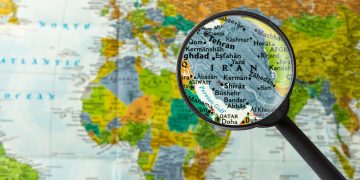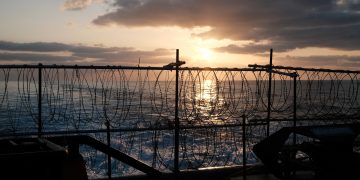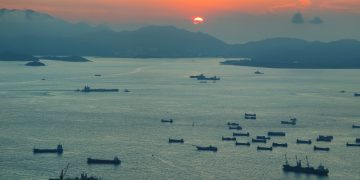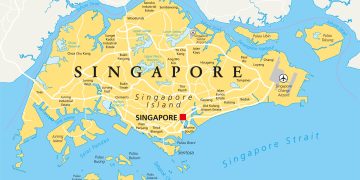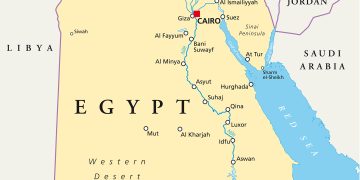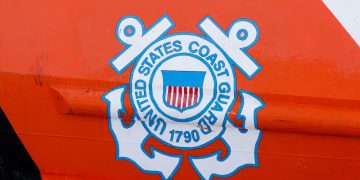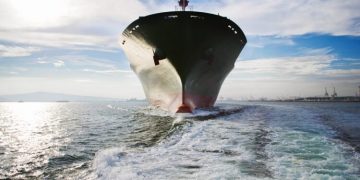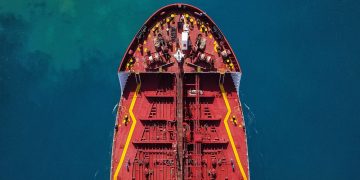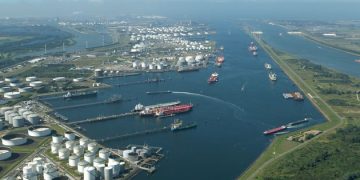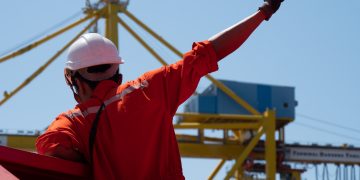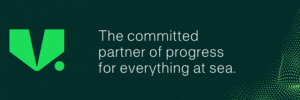Tsunami observed by radar
May lead to better early warning systems The tsunami that devastated Japan on March 11 was picked up by high-frequency radar in California and Japan as it swept toward their coasts, according to U.S. and Japanese scientists. This is the first time that a tsunami has been observed by radar, raising the possibility of new early warning systems."It could be really useful in areas such as south-east Asia where there are huge areas of shallow continental shelf," said Professor John Largier, an oceanographer at the University of California, Davis, Bodega Marine Laboratory, and an author of a new paper describing the work. The paper appears this month in the journal Remote Sensing.Largier and his colleagues have been using a high-frequency radar array at the Bodega Marine Lab to study ocean currents for the last 10 years. The Bodega lab is part of a network of coastal radar sites funded by the State of California for oceanographic research.Largier, together with collaborators from Hokkaido and Kyoto universities in Japan and San Francisco State University, used data from radar sites at Bodega Bay, Trinidad, Calif., and two sites in Hokkaido, Japan, to look for the tsunami offshore.The scientists found that the radar picks ...
Read more




